By Cassime Joseph
Fire safety is one of the most significant issues during these dry seasons in the community of Pueblo. Drought can be a contributing factor to wildfire. Dry, hot, and windy weather combined with dried-out (and more explosive) vegetation can increase the probability of large-scale wildfires. Human-caused wildfires are most common during the dry season, with frequency and area burned increasing as the dry season progresses.
Our college radio station, Rev 89, sat down with Tim Trujillo, a firefighter for the Pueblo Fire Department and the founder and operator of Fire Fit Kids, a nonprofit organization that focuses on helping kids lead active lives in Pueblo. Trujillo discussed Fire Fit Kids, the dry weather and the resilient winds.
This interview was edited for clarity and space. To hear the full interview about fire safety with our distinguished firefighters Tim Trujillo, tune in to “T-Wolf Talk,” a Rev 89 Production.

Q: How did Fire Fit Kids start?
A: It is a funny story: Sitting at a community table, everyone asked the community leaders what plans they had for the community. When the fire department revealed plans, I said I wanted to do something for the community’s children but did not implement it. One of the community leaders said I would be fired for not going through with my plan. If you want something to be successful, you must go through the plan.
Q: How many fires broke out during this dry-weather season in Pueblo?
A: So, we have been busy. We had a fire at Lake Minnequa, we just had a big fire down off the river bottom near the Fountain. Number wise, I could not even tell you. I’ve been sitting in the station all day, and I see multiple units going to wildland fires.
The interview happened to take place on the 10th anniversary of the Waldo Canyon Fire. Trujillo discussed the devastating events that occurred.
The firefighters were working on a canyon fire for two weeks. Within four hours, the fire approached the city of Colorado Springs on the hottest and windiest day of the year. The neighbor’s fire department assisted with the fire. The fire had houses melting from the mountainside, and the scorching blaze destroyed nearly 300 homes. As you were coming up I-25, you can see the homes falling off the mountains.
Q: What is the difference and safety issue between a gas and a wood fire pit?
A: Gas is the safest way to go. I have a propane grill that does not leave any ash or smoke.
There is no open burning of rubbish or trash in Pueblo. The fire should not reach any more than three feet high. You have to maintain your fire constantly. If the fire is burning, you must be outside with a garden hoe readily available. A five-pound extinguisher is also a great tool to have — (as well as) a shovel or an ax that can move some dirt. Covering a fire with dirt is another way to contain a fire. Being respectable and reasonable to your neighbors.
Intervening, calling 911, give a good report of the location … is helpful, and early intervention.




![A firefighter stands in the smoke of the June 3 Lake Minnequa Fire while a firefighting helicopter passes overhead. [Today photo/file/Kimmy Reinhardt]](https://socostudentmedia.com/wp-content/uploads/2022/06/284636131_2489009947902060_3475629797326615982_n-scaled-1-1200x900.jpg)
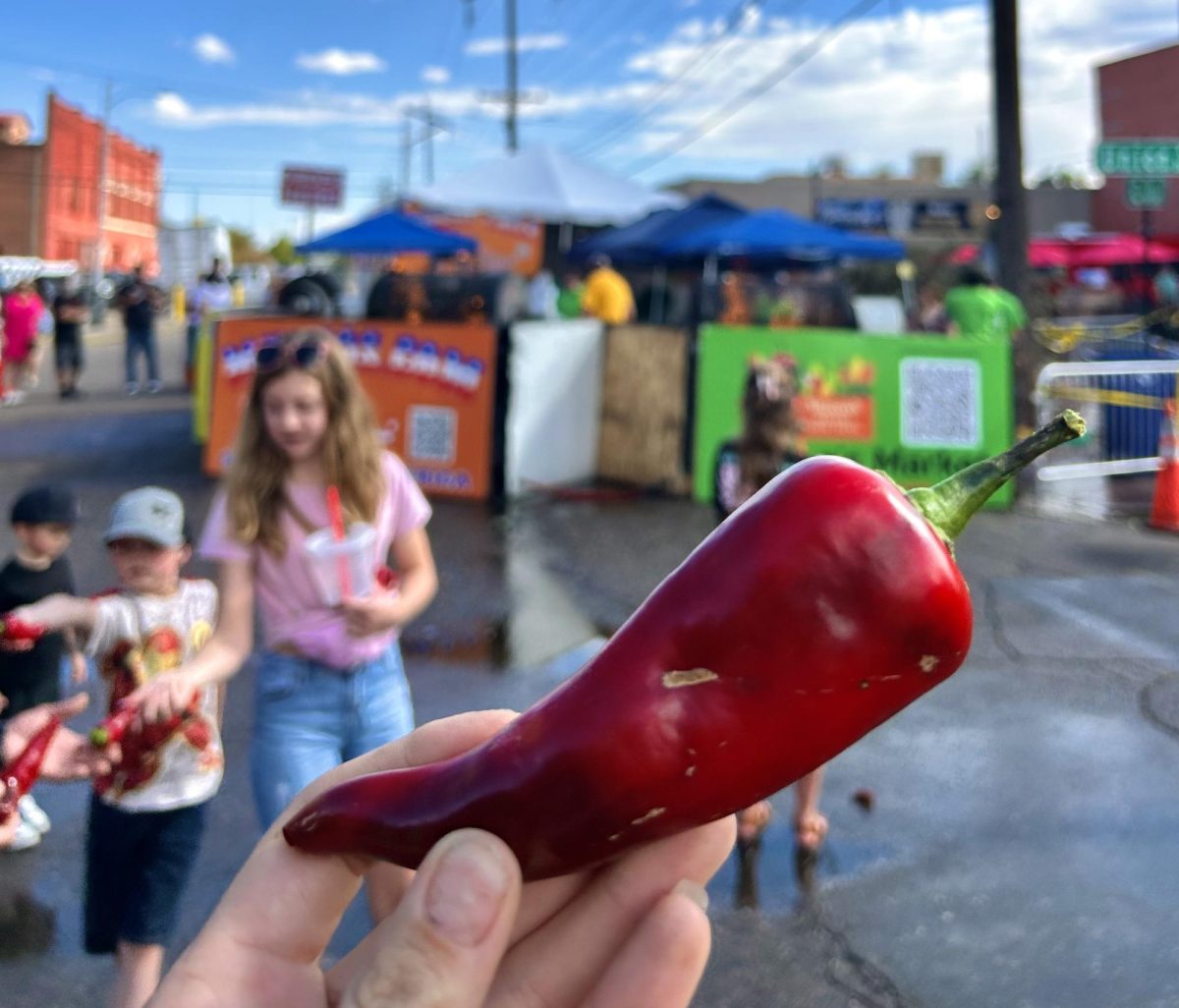

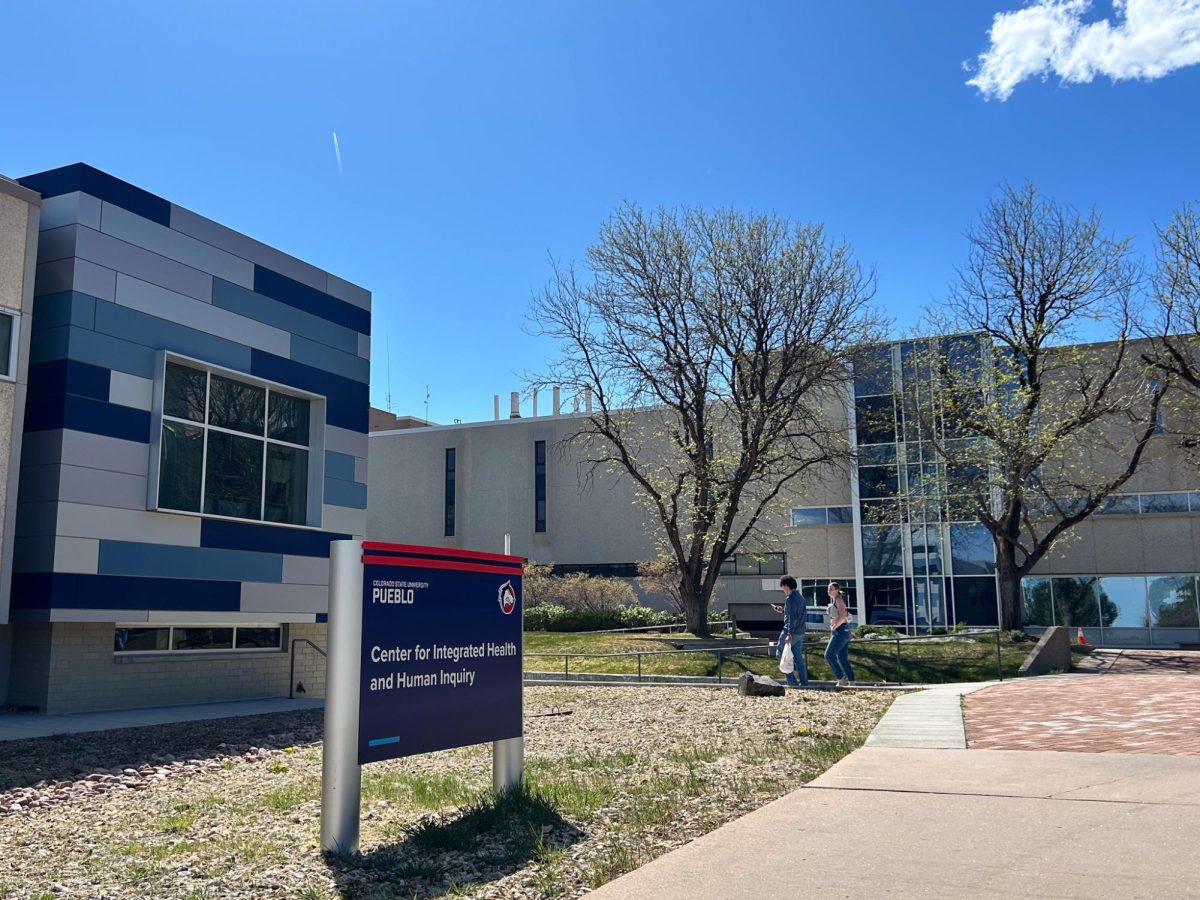

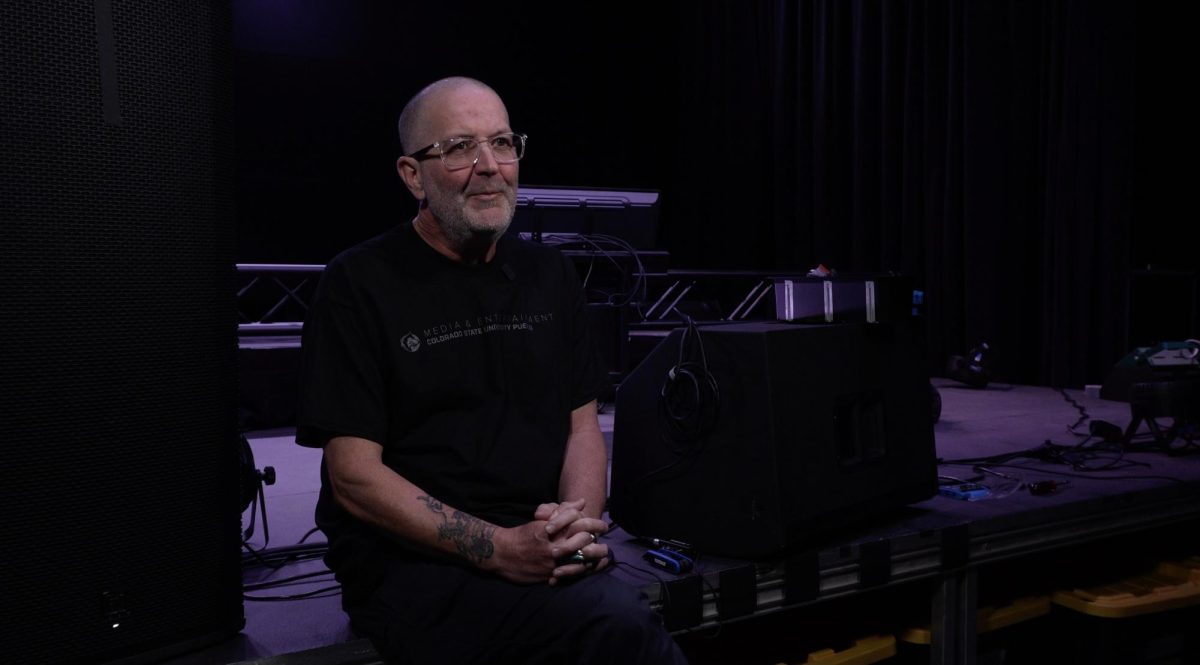
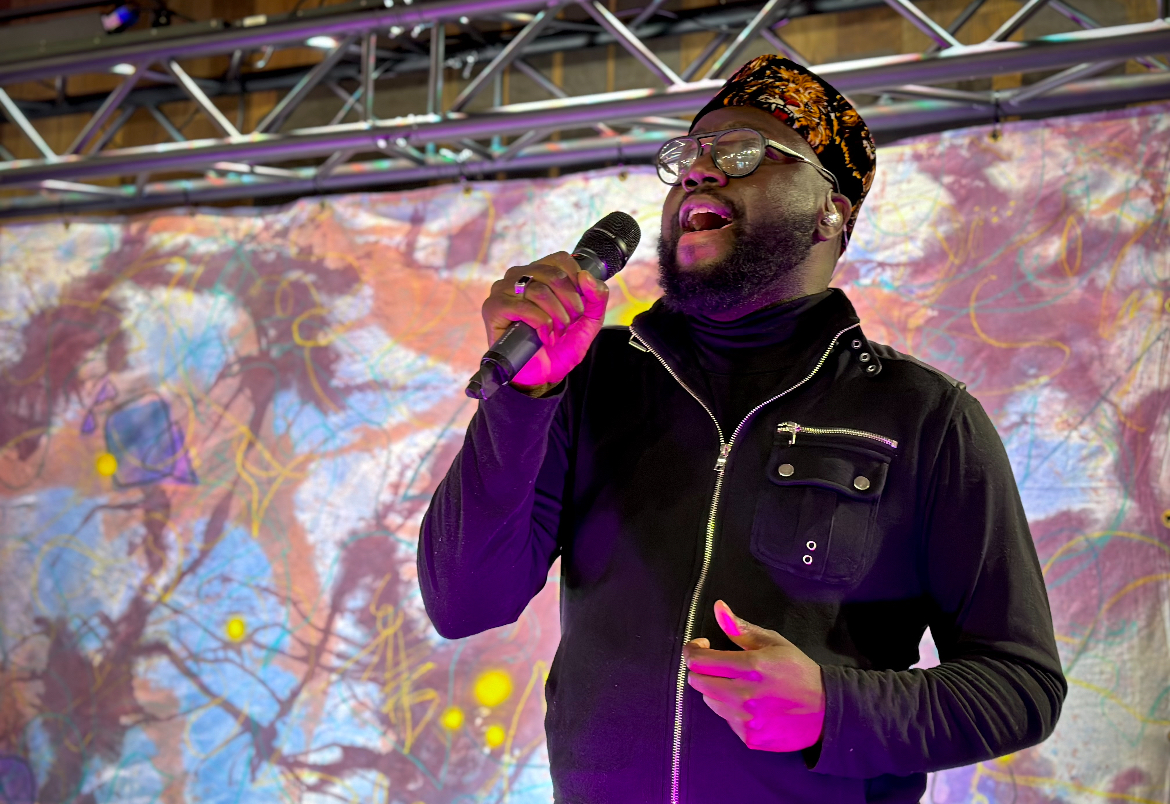
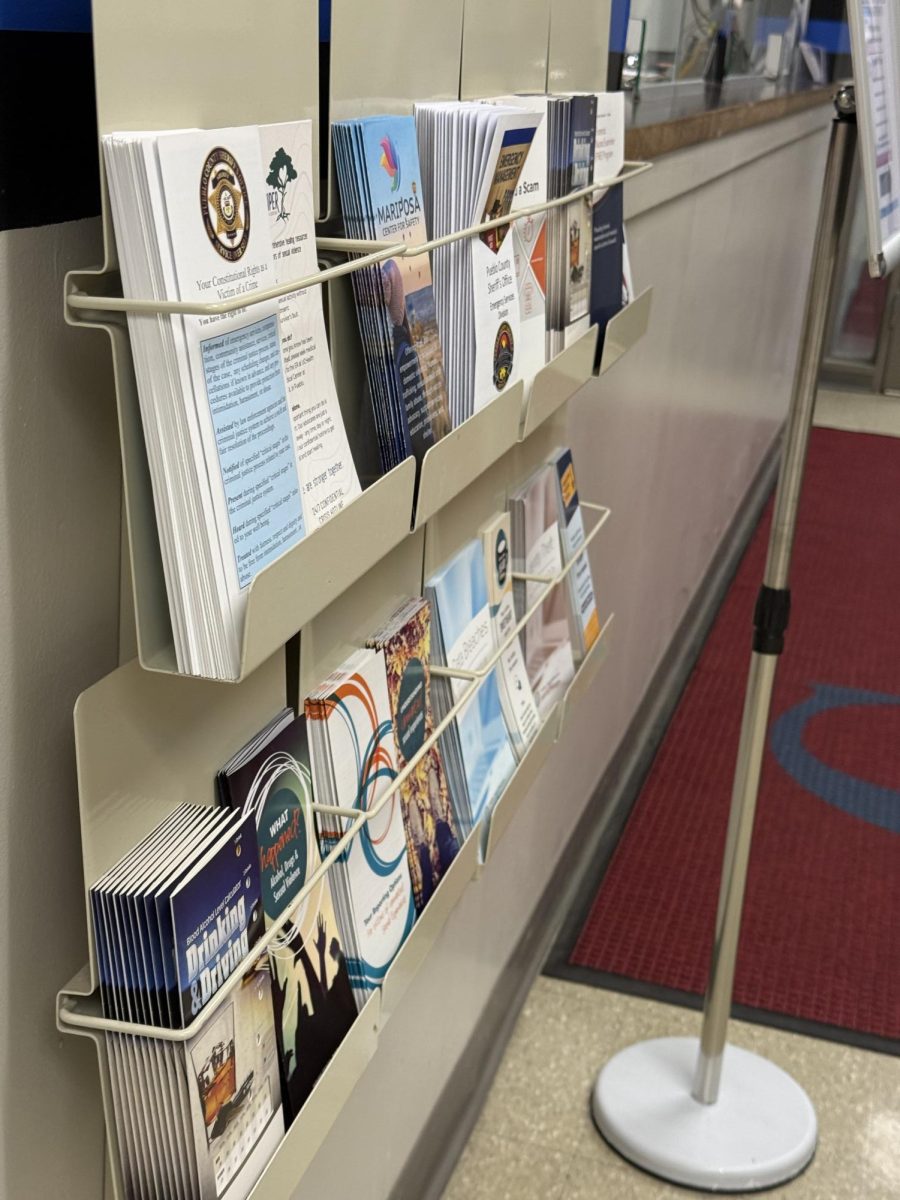
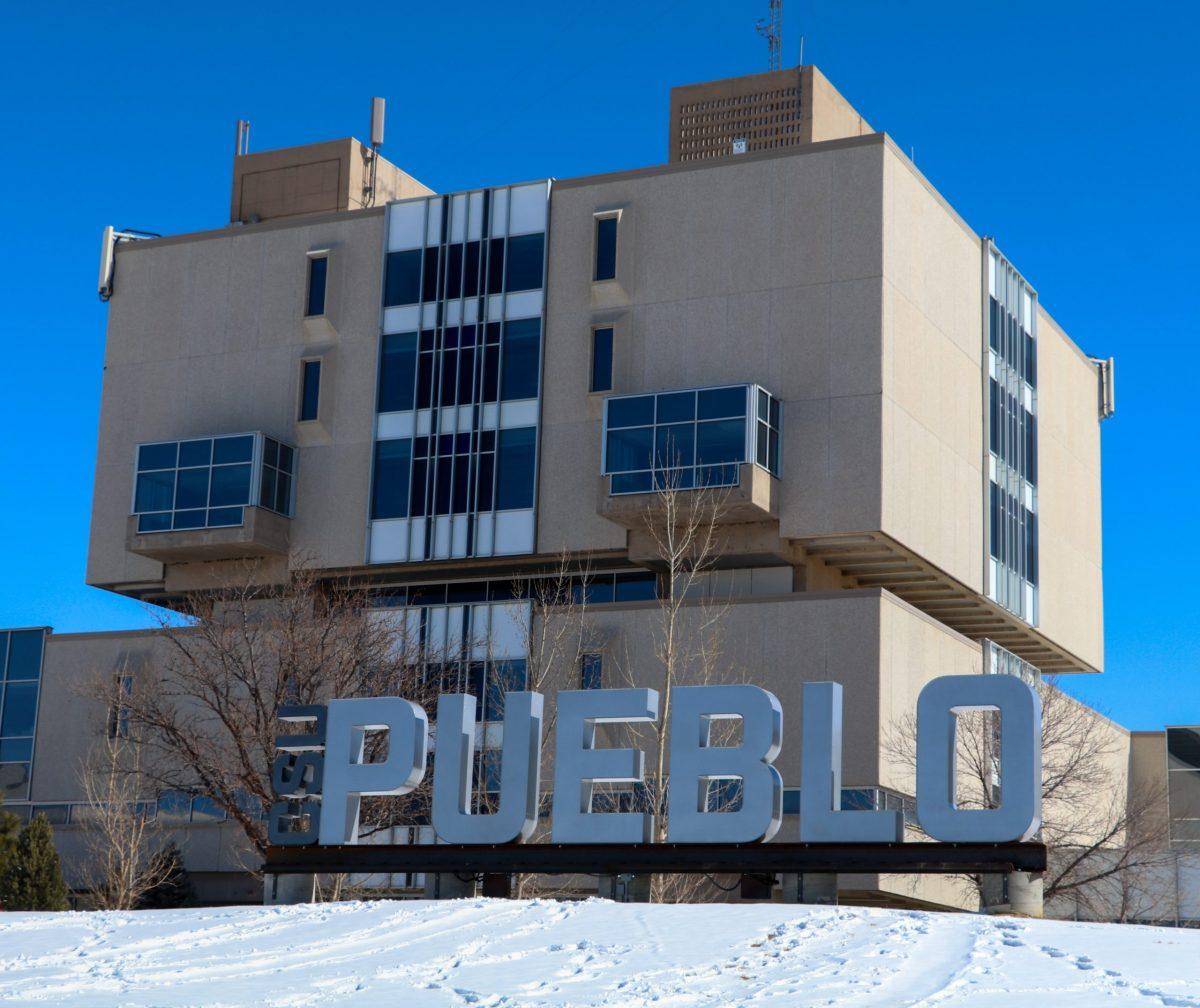

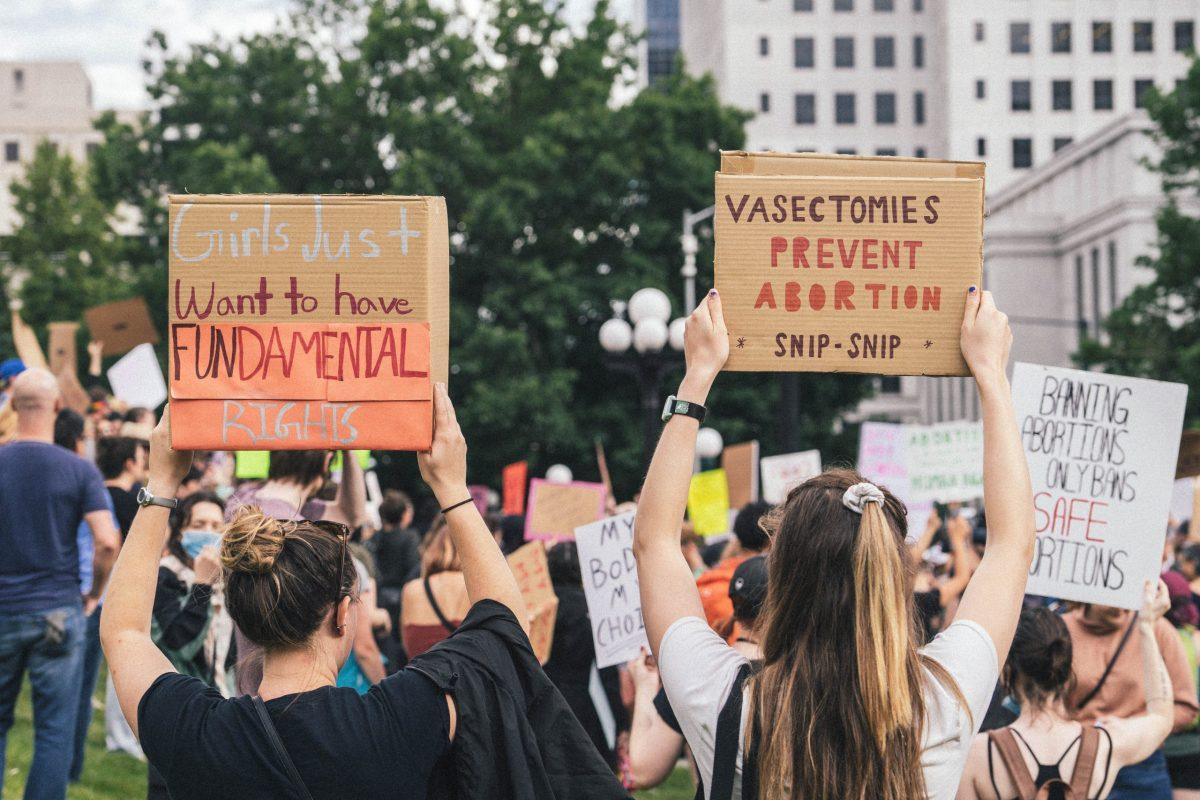
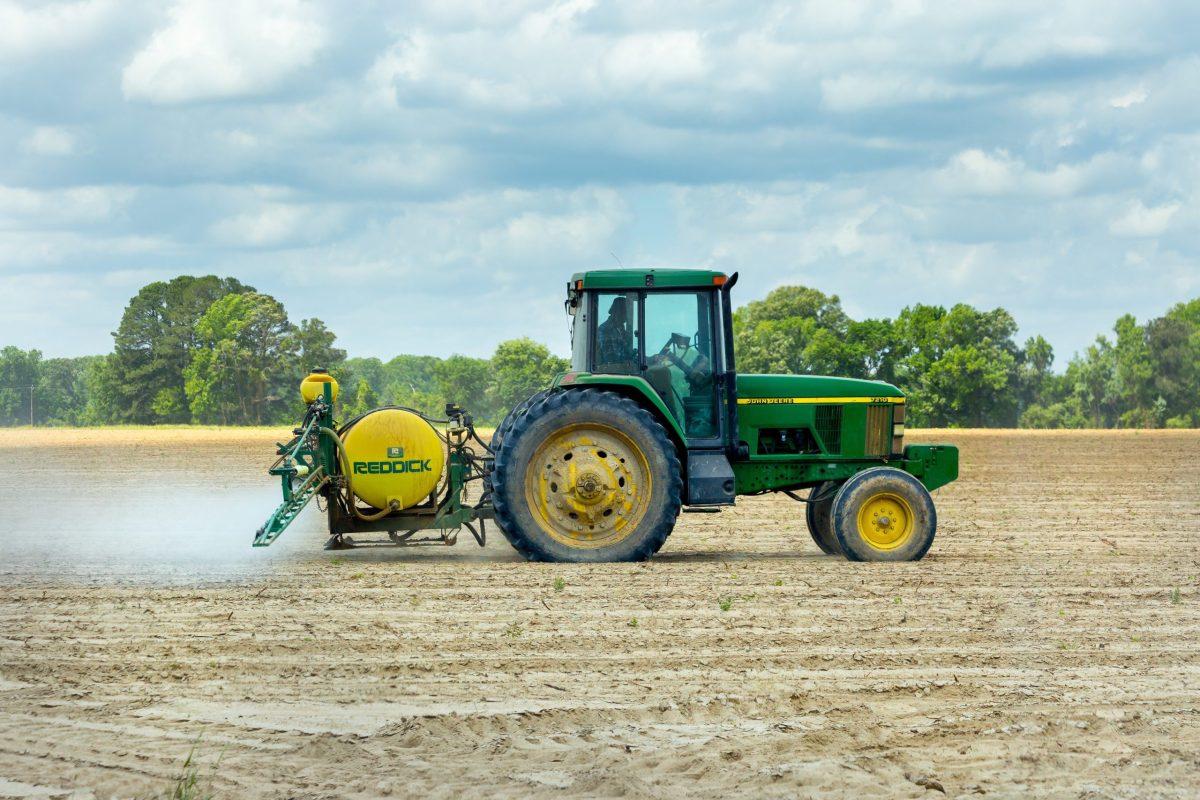
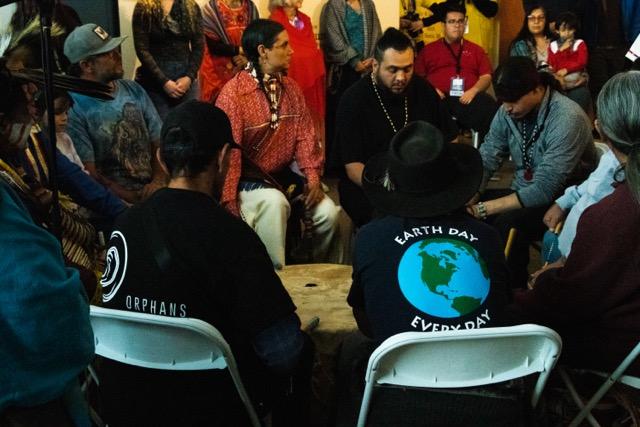


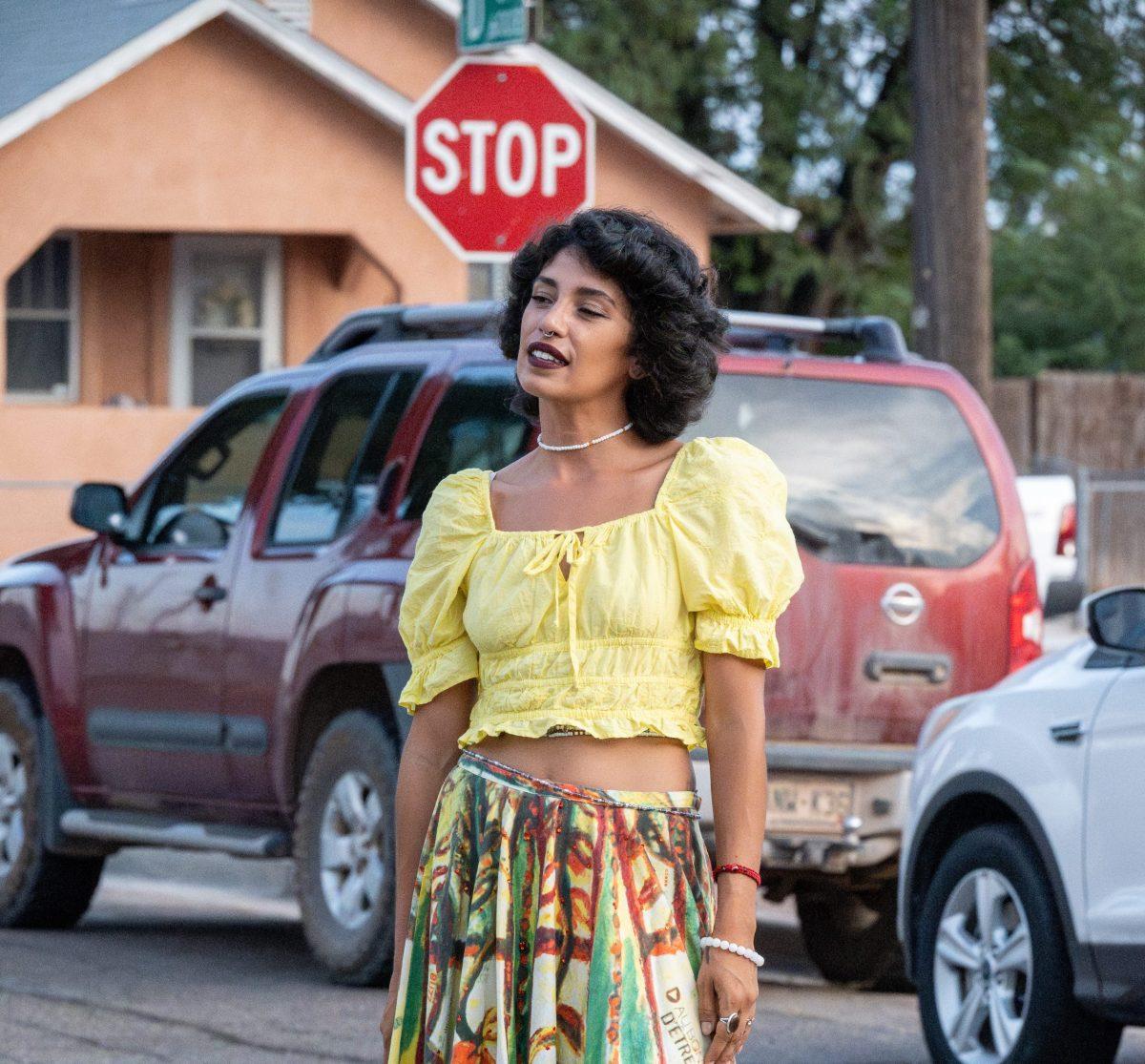
![FFA delegates line the stage at the Massari Arena June 9. [Today photo/Cassime Joseph]](https://socostudentmedia.com/wp-content/uploads/2022/06/Untitled-2.png)
![The Posada of Pueblo staff is a small-but-mighty team of women leaders who work for the city's most vulnerable members. [Today photos/Brianna Sammons]](https://socostudentmedia.com/wp-content/uploads/2022/03/IMG_6710-scaled-1-1200x800.jpg)
![CSU Pueblo's Katy Zimmerman is a decorated distance swimmer and a dominate force in the classroom. [Courtesy photo/CSU Pueblo Athletics]](https://socostudentmedia.com/wp-content/uploads/2022/02/Katy-Zimmerman-pic-2.jpeg)